Check out two easy Spanish tapas recipes and some insight about a Rioja Tempranillo wine and preparing for test time.
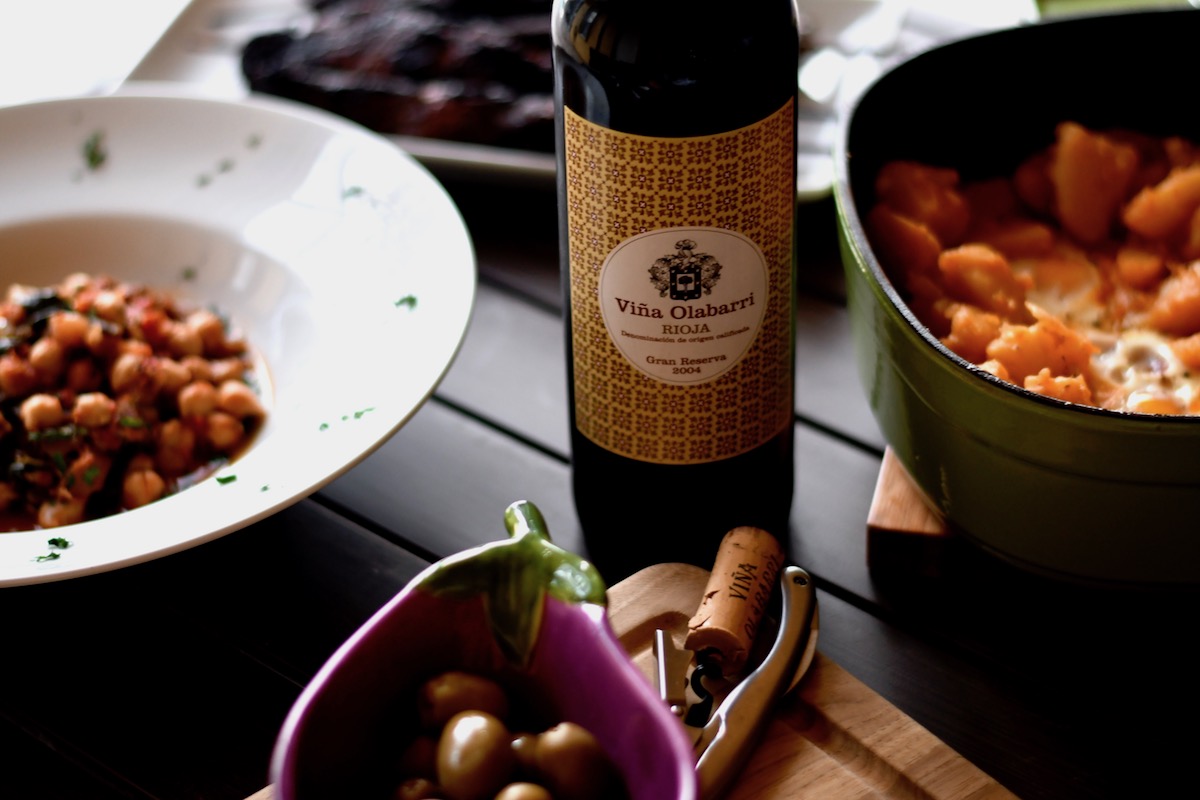

Check out two easy Spanish tapas recipes and some insight about a Rioja Tempranillo wine and preparing for test time.
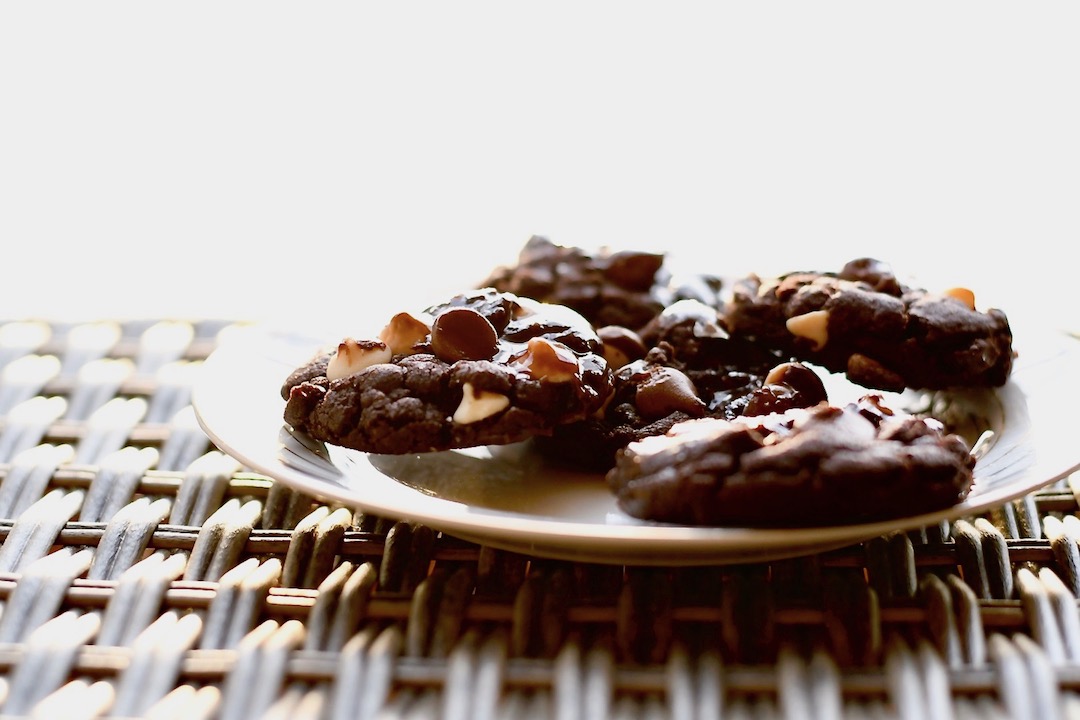
Here we go! Week 7 of the stay-at-home order and I’m thinking about death. How can we not think about it when we read the numbers each day in the news? Keeping…
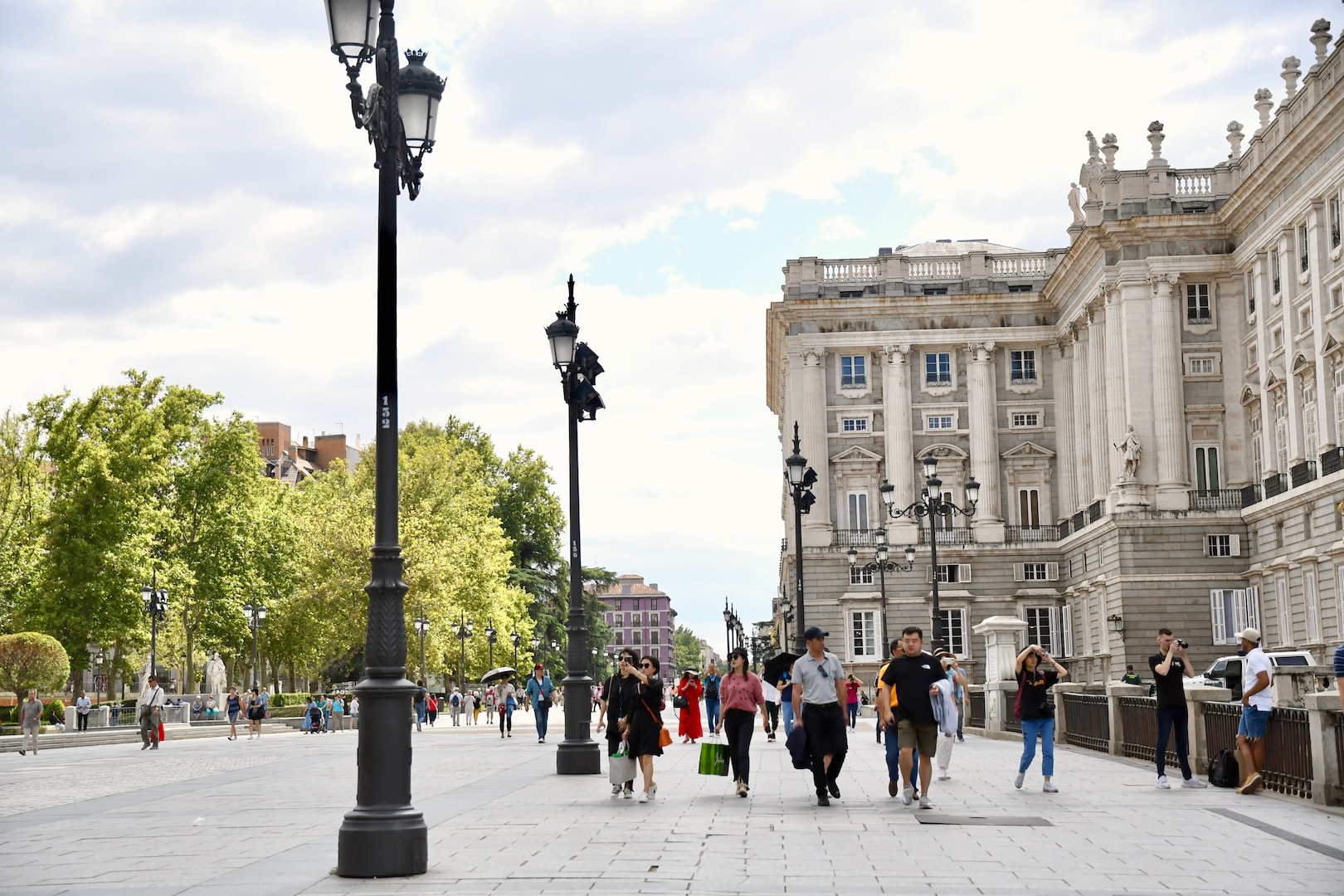
Read about some of my favorite places to eat in Madrid and Granada, Spain. Thanks to James Blick and Devour Tours my travel to Spain was very delicious and I’m able to savor those memories through continued virtual experiences.
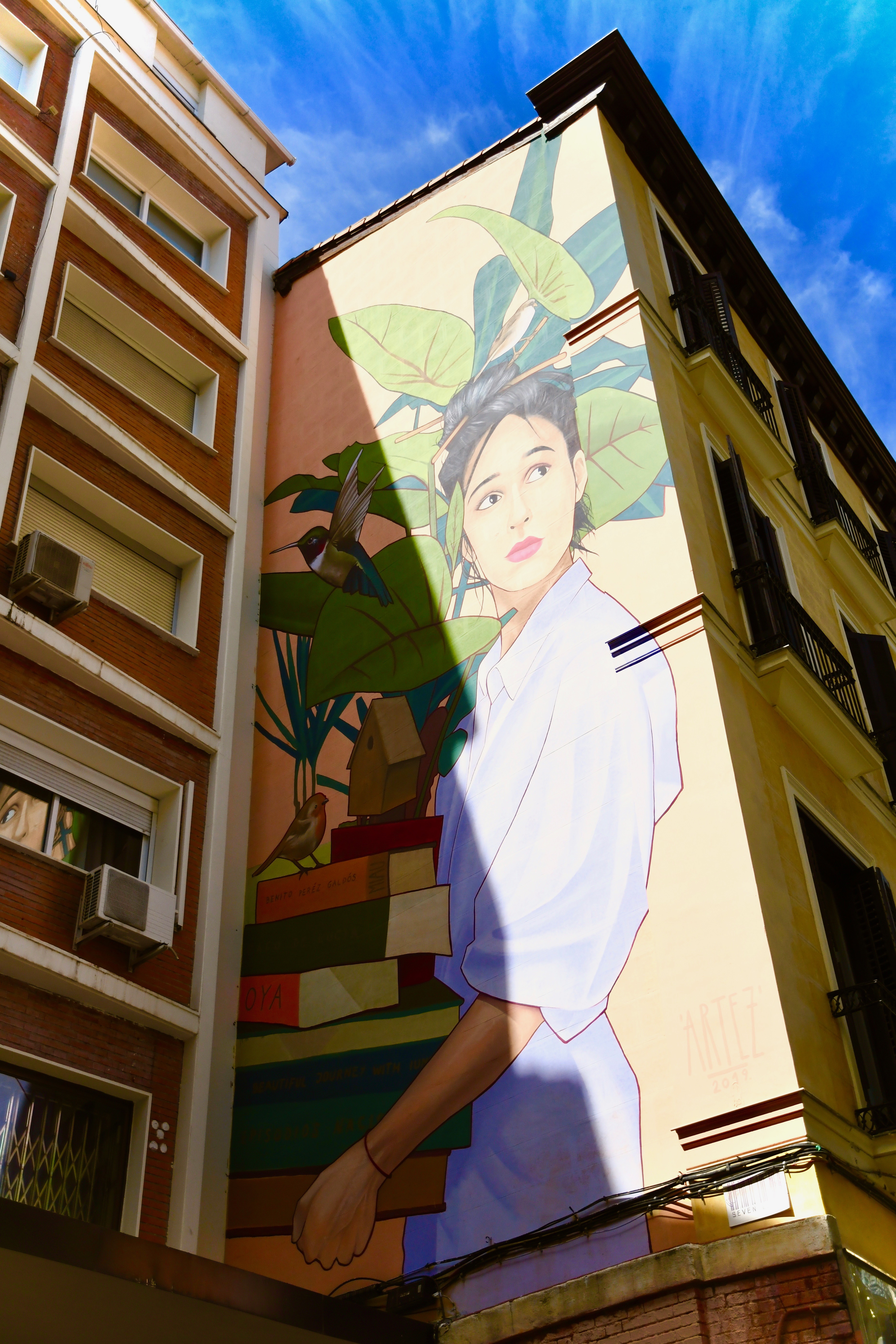
“About This Town” by Serbian artist, Artez is a reminder that neither the tourist or the Spaniard should lose sight of the many rich historical and cultural offerings that can be found in Madrid.

It’s Foodie Friday and unlike last week, I’ve eased back into routine ready to tackle deadlines and a long ‘To Do’ list. Although the memory is far from my taste buds, through…
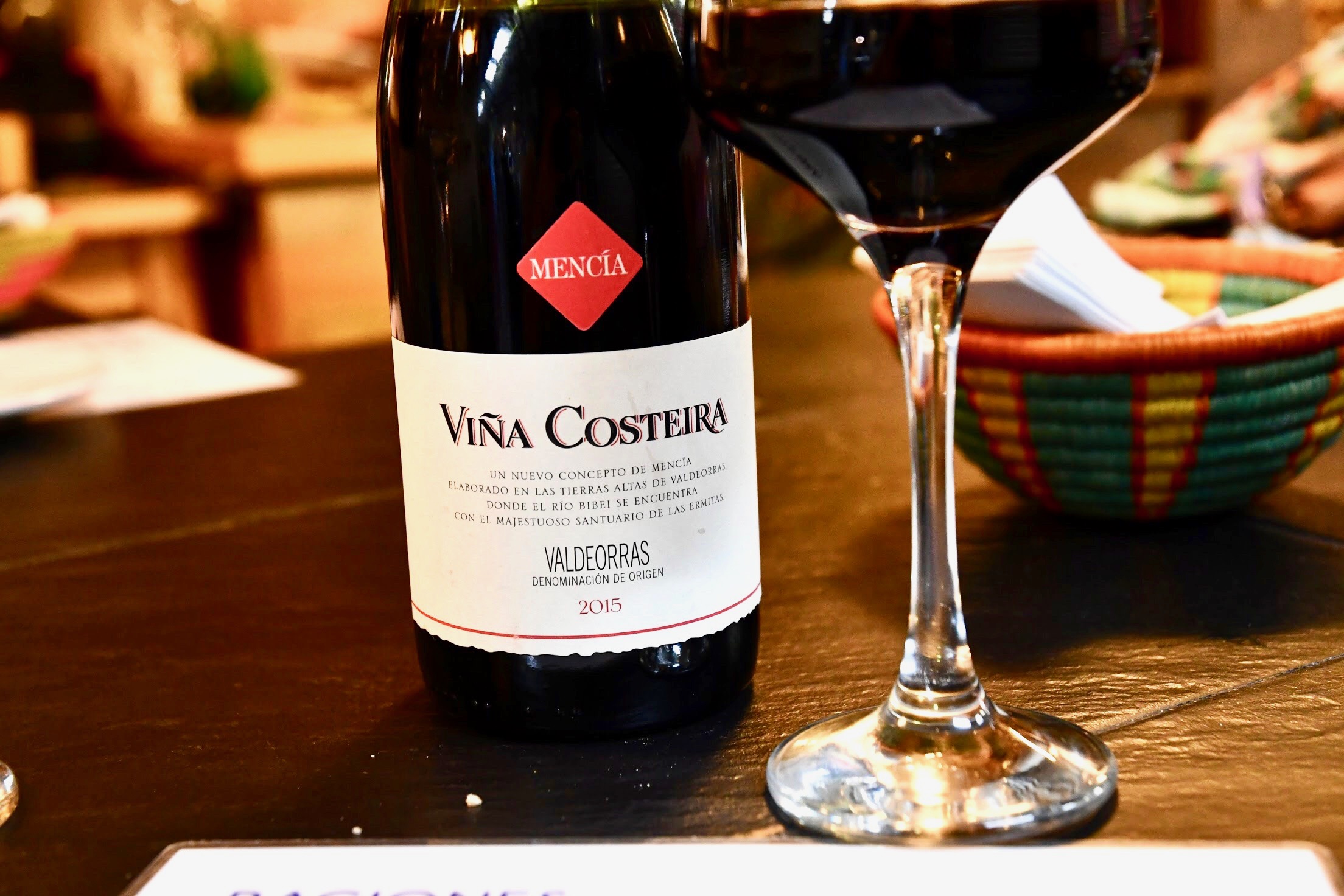
It’s #FoodieFriday and what better way to recover from the post-vacay blues than to indulge in a tasty flashback? I intentionally planned a late morning arrival time in Madrid, so I could…
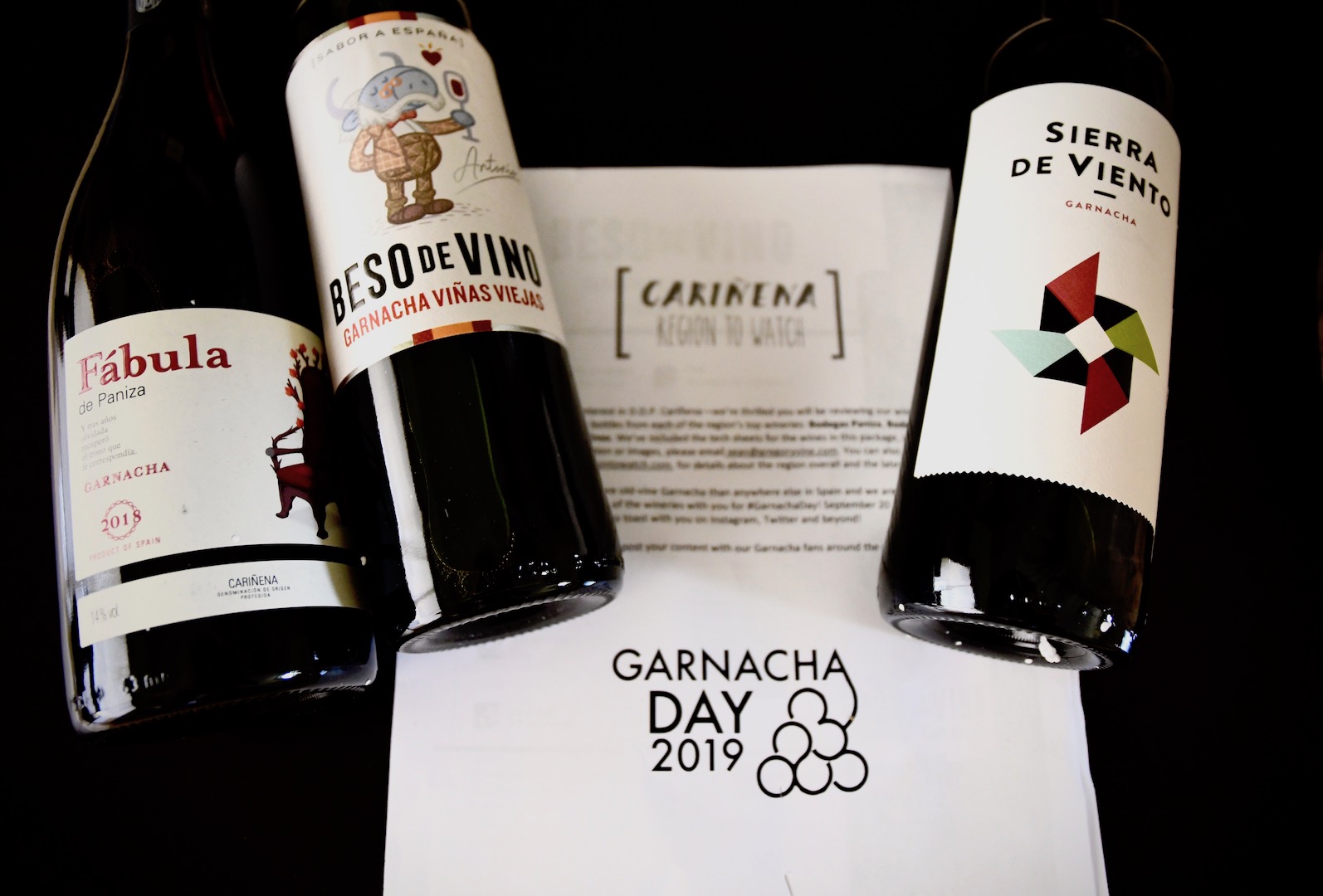
TGIF and Happy #GarnachaDay! Following a hurricane postponement of the Miami Home Show and rushing to get all of my work done and in place before flying to Spain, I began ignoring…
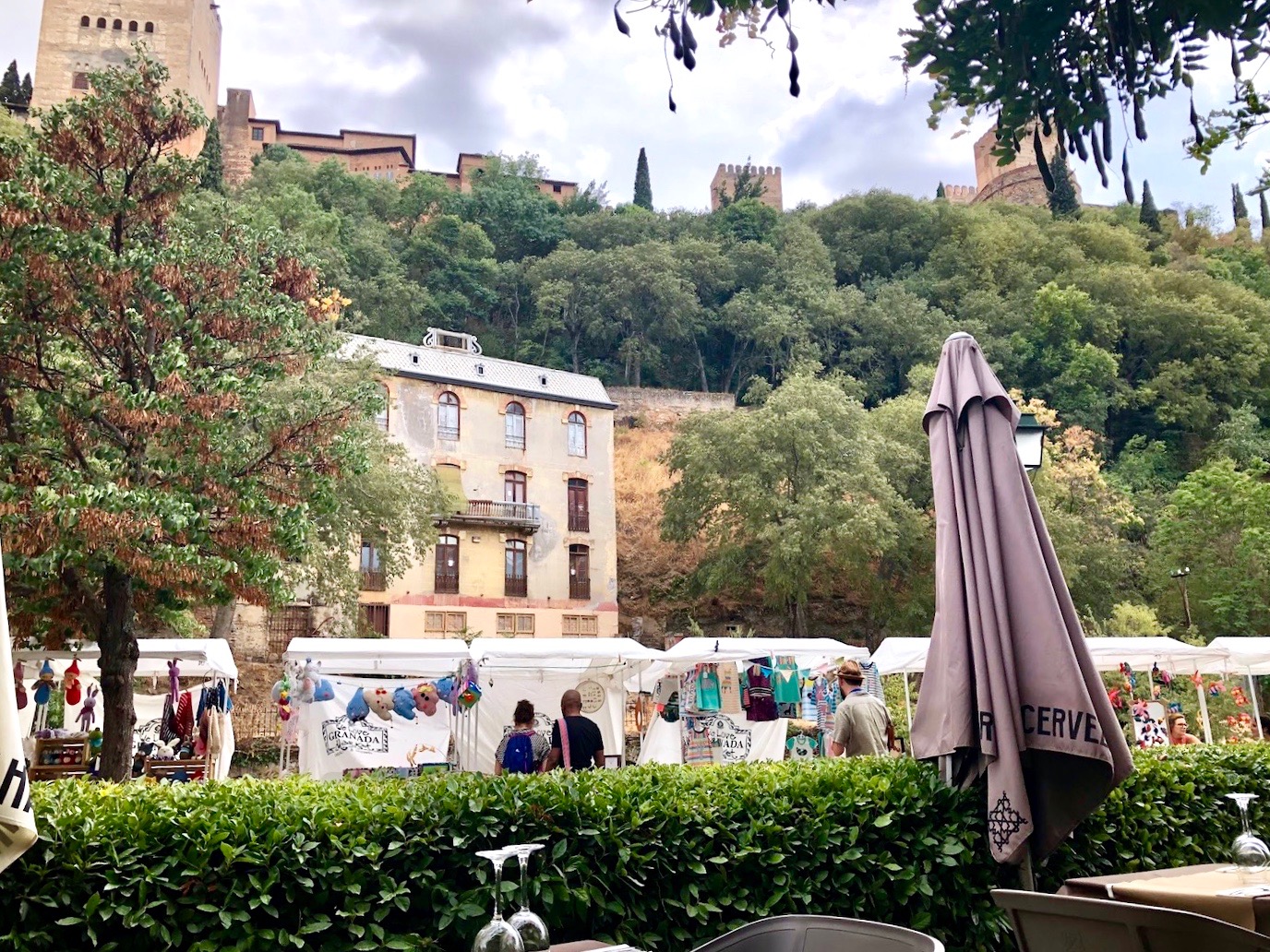
I’m back from Spain and what better way to celebrate Wine Wednesday than with an authentic Spanish food and wine pairing? Unlike Madrid, it was a challenge to find a good selection…
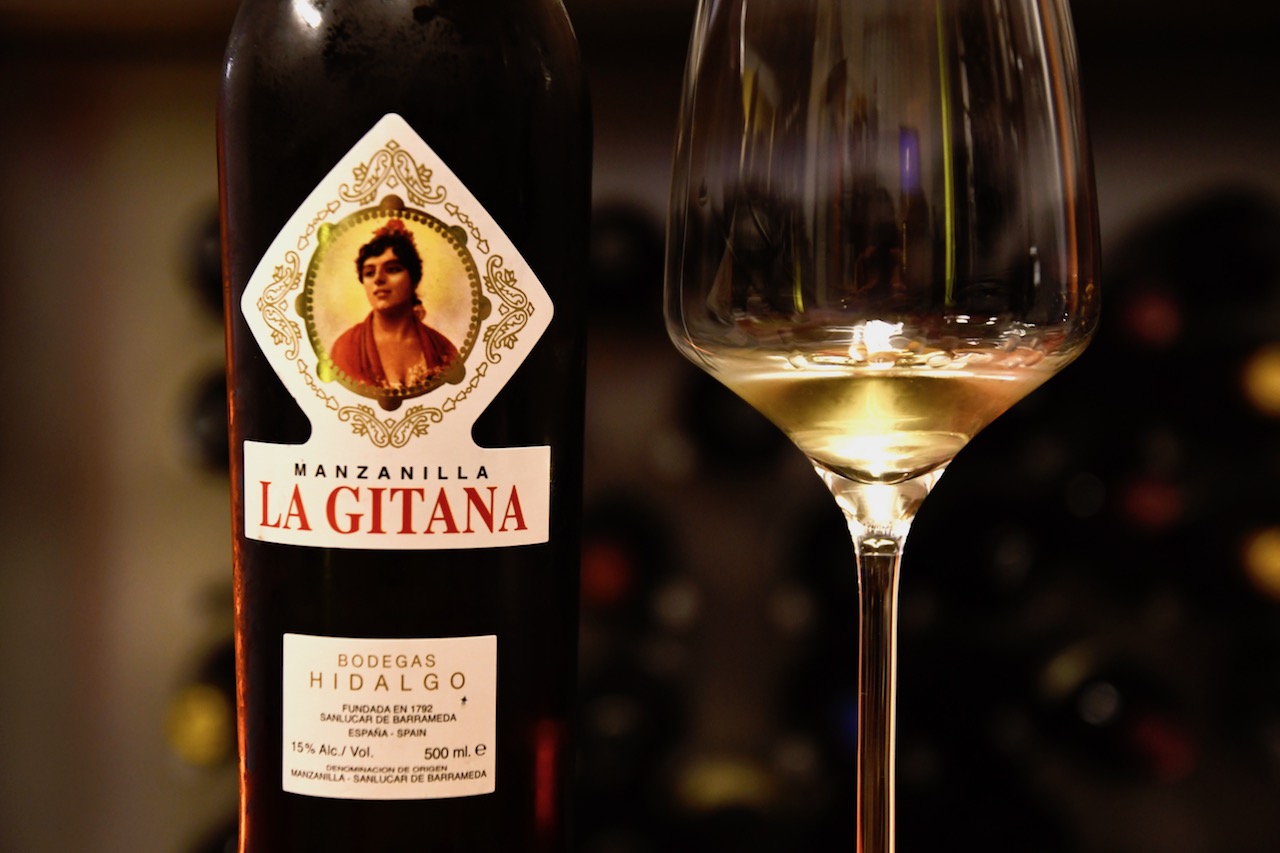
If you’ve read my last post, you’ll know that I’m still working on Chapter 11, Spain. Studying has been quite the “journey.” Yes, I can read, but am I reading with understanding…